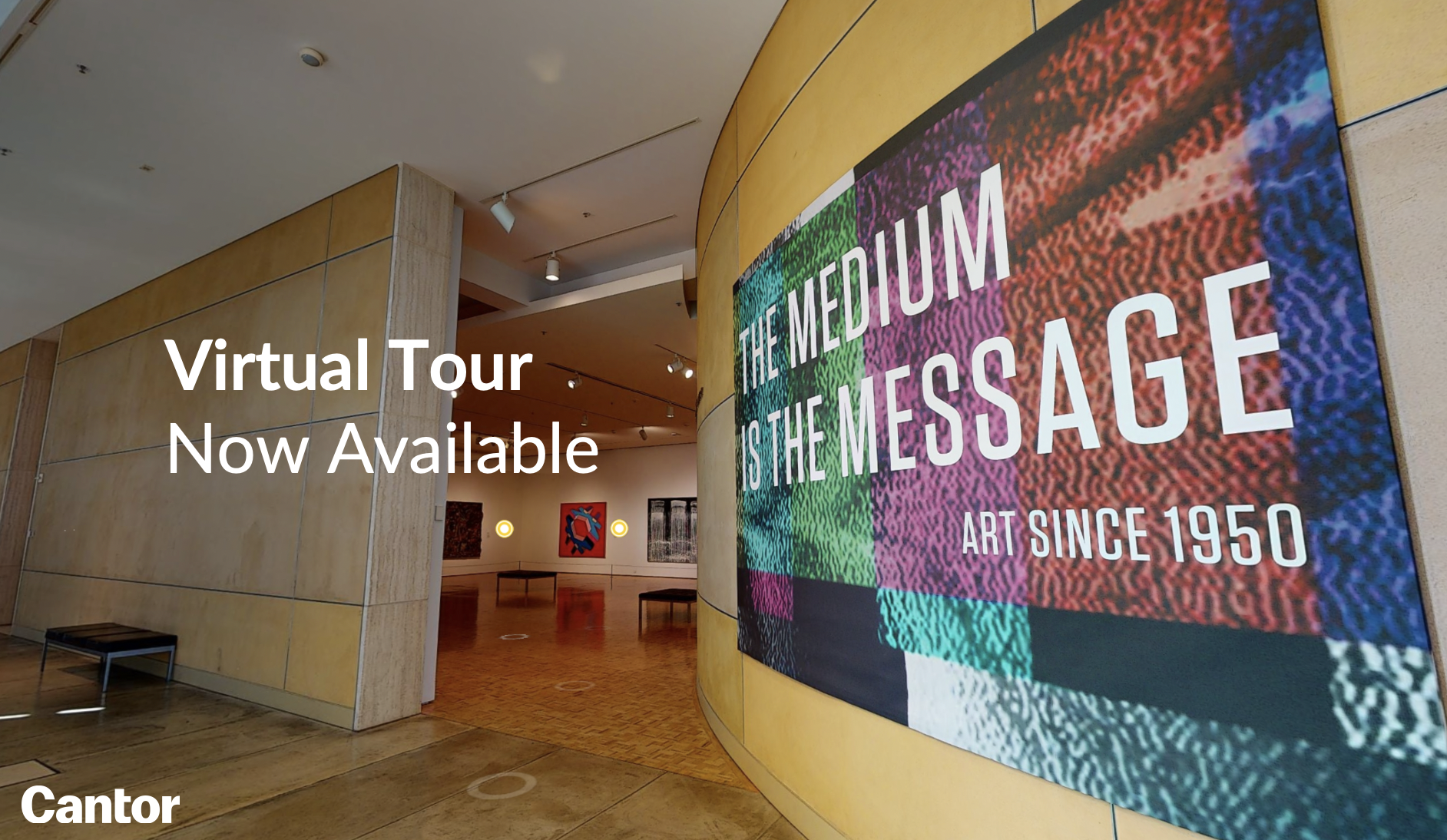Additional digital resources give insight in works in the collection and how they relate to contemporary issues
By Beth Giudicessi
In anticipation of Stanford’s autumn quarter and the continuation of nearly all undergraduate instruction being delivered remotely, the Cantor Arts Center and Anderson Collection at Stanford University are releasing additional multimedia tools to support the campus and broader community during the museums’ temporary closures in response to the novel coronavirus.
To supplement downloadable learning guides devised by curators earlier in the year, the Cantor is releasing a series of videos in a variety of lengths and on a range of subjects tied to contemporary issues. Themes include:
- Recasting Rodin by Associate Curator of European Art Patrick Crowley, which unpacks what makes Rodin’s sculptures modern and includes short clips that focus on authorship and hands in the artist’s process
- Artists & Anatomists by Burton and Deedee McMurtry Curator Elizabeth Mitchell, a close look at imagery, symbolism and representations of the body created by European printmakers after the 16th century that highlights works by Jan Stephen van Calcar, William Hogarth and Jacob Lawrence
- Photography & Text by Assistant Curator of Photography and New Media Maggie Dethloff, which explains how the relationship between image and word in photography can offer deep commentary on topics like class and gender and shares insight into art by Robert Heinecken, Carrie Mae Weems, Jerry Uelsmann and others
- Looking at Each Other: American Portraiture by Assistant Curator of American Art Aleesa Pitchamarn Alexander, an explication of portrait paintings from the Cantor’s collection that demonstrate how American artists have worked within the genre and how the genre itself has evolved (coming soon!)
The assets were shaped with faculty and student input are intended for direct integration into online coursework. They are available at the museums’ Learning From Home website. Recent updates to the site also include an expanded selection of digitized exhibition catalogs and in-depth information about the Anderson Collection’s Timeless Clock by David Smith and Cantor artworks related to devotion and doubt in the Spanish world between 1500-1800.
Learning From Home’s companion site for the broader community, Museums From Home, now features the museums’ first virtual tour. This self-guided interactive takes visitors through an immersive, three-dimensional rendering of Medium Is The Message: Art Since 1950, which explores artists’ non-traditional use of materials for critical and expressive inquiry. The exhibition, which is ongoing, includes works by Ruth Asawa, Titus Kaphar, Gwendolyn Knight, Alice Neel, Miriam Schapiro, Roger Shimomura and Zhou Tiehai, among others.
Additional virtual tours, video clips and other materials designed for research, teaching and learning will continually be added to Learning From Home and Museums From Home as the academic year embarks.

